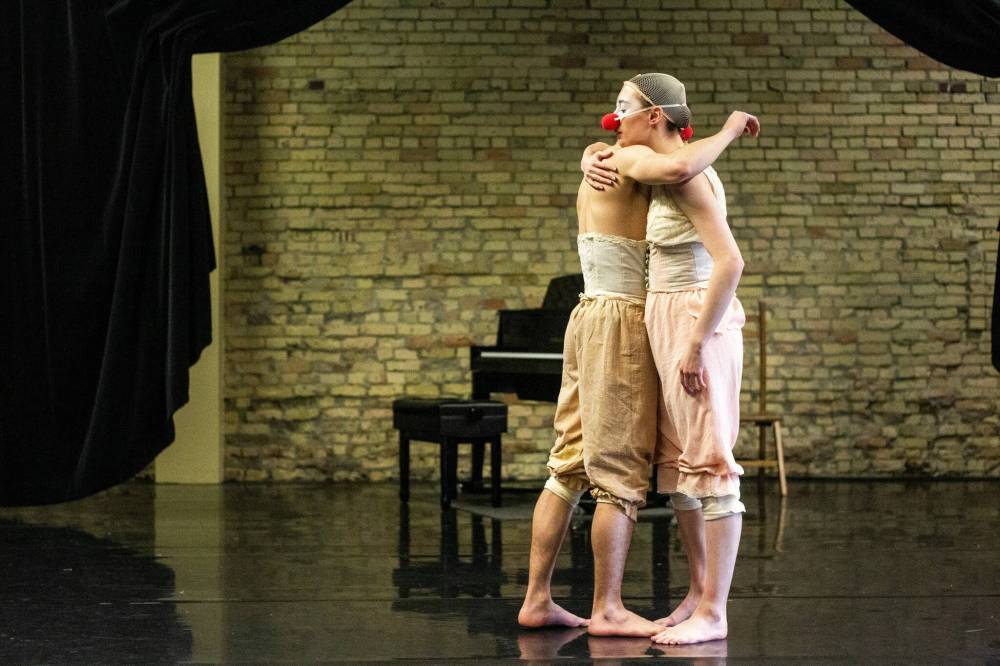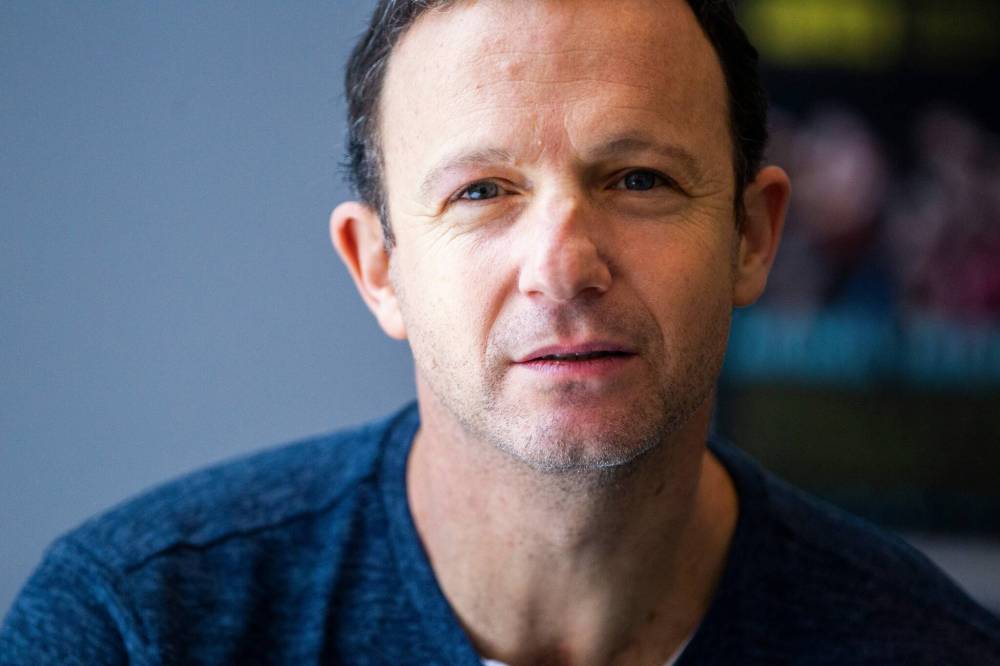In step with our altered perception of time and space
Advertisement
Read this article for free:
or
Already have an account? Log in here »
To continue reading, please subscribe:
Monthly Digital Subscription
$0 for the first 4 weeks*
- Enjoy unlimited reading on winnipegfreepress.com
- Read the E-Edition, our digital replica newspaper
- Access News Break, our award-winning app
- Play interactive puzzles
*No charge for 4 weeks then price increases to the regular rate of $19.00 plus GST every four weeks. Offer available to new and qualified returning subscribers only. Cancel any time.
Monthly Digital Subscription
$4.75/week*
- Enjoy unlimited reading on winnipegfreepress.com
- Read the E-Edition, our digital replica newspaper
- Access News Break, our award-winning app
- Play interactive puzzles
*Billed as $19 plus GST every four weeks. Cancel any time.
To continue reading, please subscribe:
Add Free Press access to your Brandon Sun subscription for only an additional
$1 for the first 4 weeks*
*Your next subscription payment will increase by $1.00 and you will be charged $16.99 plus GST for four weeks. After four weeks, your payment will increase to $23.99 plus GST every four weeks.
Read unlimited articles for free today:
or
Already have an account? Log in here »
Hey there, time traveller!
This article was published 10/02/2023 (1036 days ago), so information in it may no longer be current.
In so many ways, the world is still processing the effects of the global pandemic and how it has profoundly changed us forever.
Israeli-born Idan Cohen’s Looking Glass resonates as a haunting ode to the elasticity of time, in which our pre-COVID lives suddenly ground to a halt, while skewing our perception of “reality,” in which days flew by, or months dragged on endlessly during eternal lockdowns.
Winnipeg’s Contemporary Dancers presented its commissioned world première of the internationally acclaimed, Vancouver-based artist’s latest creation as its second offering of its 58th season. The four-show production runs through Sunday, including Thursday night’s preview attended by an estimated 50 fans eager for a sneak peek.

The 50-minute show features a six-member ensemble: Carol-Ann Bohrn; Justine Erickson; Andres Felipe Jimenez-Mejia; Shawn Maclaine; Warren McClelland; and Sophie Milord, with hazy lighting effects created by the incomparable Hugh Conacher.
Powerhouse Winnipeg pianist Lisa Rumpel proved herself a warrior as she performed the Herculean task of playing the nearly hour-long score live onstage, comprised of nine selections from American composer Philip Glass’s The Complete Piano Etudes, that originally inspired Cohen’s vision — including an earlier, shorter work Hourglass (2020) — with nary a note missed.
In Looking Glass, Cohen gently guides viewers into his own intimate dreamscape — or at times, a playground, laced with flashes of humour — in which dancers appear in tableaux, perform lyrical sweeping turns, toss off tricky cartwheels and handstands, or frequently, become “stuck” in time with repetitive, percussive movement phrases apropos for this pandemic-inspired work.
Costume designer Megan La Touche’s cotton bloomers, corsets and wig caps for the company, with all finally donning red clown noses, evoke 17th century Italy’s commedia dell’arte, or France’s Pierrot figure; immortal characters always walking a razor’s edge between buffoonery and despair.
This overt theatricality, no doubt sparked by Cohen’s own parallel career as an acclaimed opera director, further heightens the show’s universal appeal, as poetic homage to the ages.
Cohen, who helms his own opera and dance company Ne. Sans, is particularly skilful at creating smooth transitions between each etude, in which the full ensemble bleeds into smaller solos, duets and trios.
He also successfully varies the tempo of his movement vocabulary, in which time appears to stand still with dancers executing suspended, balletic-like extensions or conversely, staccato, punched accents as though repressed by the shackles of constraints. Another highlight is Cohen’s ability to create effective visual counterpoint and dramatic tension between dancers, particularly compelling during the deeply introspective Etude 2, in which Bohrn flails and flings her arms while Erickson and Maclaine slowly, calmly traverse the stage.
Other moments stand out, including Jimenez’s hyperkinetic solo fuelled by fleet-footed, intricate choreography during Etude 3, and McClelland’s athletic solo during Etude 13, watched by others as though voyeurs.
A simple, effective set includes a suspended, wooden-backed chair that is spun in air, while another ostensibly becomes a third partner with Bohrn and Maclaine during their duet in Etude 10.

The penultimate section, Etude 16, enthralls with a sudden infusion of lifts, that adds greater dimensionality, including, literally, height. More of these would have been welcomed earlier during the show, while fostering more emotional connection between dancers. For far too long, we have lived with physical/social distancing; it is now the world’s task to learn how to reach out to each other again as achingly vulnerable, trusting human beings, and this aspect could have been underscored further.
Other moments also feel overly cryptic, such as seeing McClelland suddenly convulsing on the floor near the end, which is a stumper.
The ending comes as a surprise — no spoiler alert here — with this haunting ode to what we have endured since March 2020 ultimately posing more questions, rather than providing easy, pat answers.
Doubtlessly there will be be many more “pandemic works” to come in future years, and in this one, Cohen dares us to peer through our own looking glasses of perception, as we step gingerly into the future, and our bruised, albeit still hopeful world.
The production runs through Sunday, Feb. 12, 2 p.m. For tickets or further information, visit: winnipegscontemporarydancers.ca
Holly.harris@shaw.ca
Holly Harris writes about music for the Free Press Arts & Life department.
Our newsroom depends on a growing audience of readers to power our journalism. If you are not a paid reader, please consider becoming a subscriber.
Our newsroom depends on its audience of readers to power our journalism. Thank you for your support.


